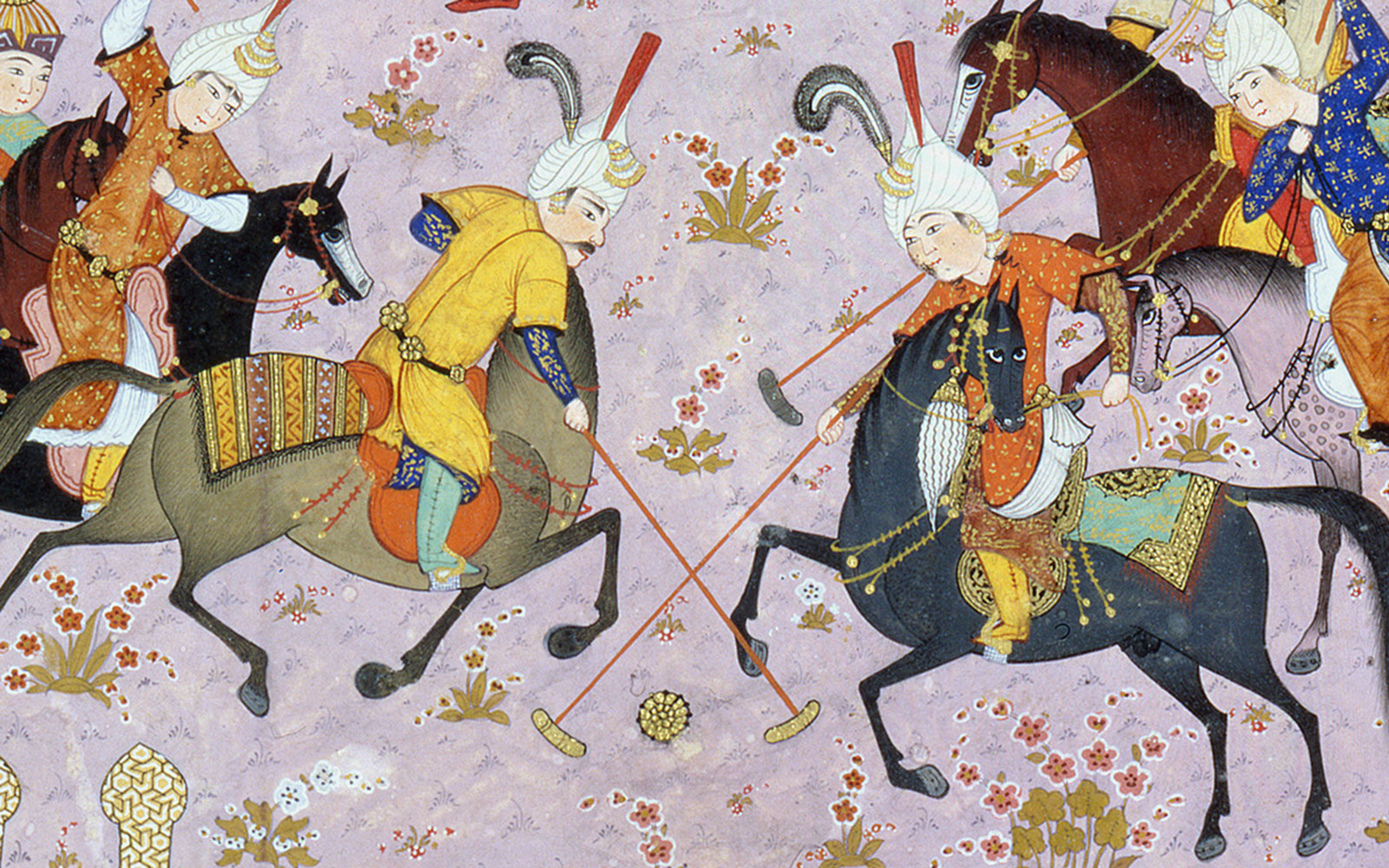Study reveals new data on economic development in Northern India

Dutch researchers Pim de Zwart, from the University of Wageningen, and Jan Lucassen, from the International Institute of Social History (Amsterdam), have analysed the causes of the crisis that triggered the economic divergence between Asia and Europe, which remains uncomprehended due to a lack of scientific knowledge on the matter. They began their investigation with the period between 1590 and 1870. By the end of the XVIth century, this Indian region, which had been unified by the Mongols, was one of the most advanced and productive areas of the global economy with a relatively high income and a booming manufacture industry. In the following centuries, the average income as well as the power of these industries declined.
This project, supported by the Calouste Gulbenkian Foundation, has analysed more than 7500 written records about wages and purchase power in several regions of Northern India and Europe containing information about a variety of individuals – qualified artisans, urban workers, rural servants, women and children. Their wages were indexed to the prices of a more detailed “subsistence basket” than others used in previous studies.
The results allowed to understand consumption patterns and the cost of living for both Indian and European populations and to indicate that the economic divergence started in the end of the XVIIth century. The Great Bengal famine of 1769-70 produced devastating effects that would last until the next century. Although the economic slowdown of Northern India started before European colonialism, the rise of European wages aggravated the divergence. The study has confirmed that even with a workload corresponding to 360 days a year, the income of these populations was bellow subsistence level and it was necessary for women and children to work.
Read the full article in The Economic History Review.
More info